Maintenance tips for Victorian houses
There are a number of aspects to look out for when viewing or indeed owning a Victorian house

Early cavity walls
The Victorians experimented with cavity walls to fight penetrating dampness and improve thermal insulation. Builders used various methods to tie the two leaves of masonry together but by far the most common was the iron tie.
Danger: Today, these are often found to be corroding, which can lead to instability, unevenness and cracks in external walls. Modern methods of repair are economical and unobtrusive, provided the defect is diagnosed in time.
Nail sickness
Slate became a common form of roofing material and usually, slates and tiles were fixed with iron nails. The best work used copper nails onto battens but without felt, which was a later innovation.
Danger: Although, slates are fairly resilient to the weather, the iron fixings corrode and fail. Rusting nails also tend to split the slates and tiles, which, if loose, can fall and prove lethal. Without felt, failure of this type can lead to the need to strip and renew the roof covering.
Decorative features
Sign up for the Country Life Newsletter
Exquisite houses, the beauty of Nature, and how to get the most from your life, straight to your inbox.
Larger buildings had ornate architectural details, which often included decorative bargeboards and plaster or terracotta mouldings. Staff regularly maintained these.
Danger: Nowadays, many larger Victorian villas have been converted into flats, but often little routine maintenance results in these features deteriorating or having to be removed - and they are expensive to replicate or replace.
Damp
The Victorians addressed ground-borne dampness by providing walls with damp proof courses, typically formed with slate or pitch and sand.
Dangers: Later alterations can lead to the damp proof course being breached and the need for remedial work. Frequently, they were often built too close to the ground, meaning they often become covered by earth and paving making them ineffective. Chimneys were often built without a damp proof course. So, the chimneybreasts become damp and the plaster is affected by salts, which can be difficult to overcome economically.
Service Pipes
The sanitisation of housing brought the introduction of drinking water supplies to each house. Lead was commonly used for the underground pipe as this was largely resistant to corrosion. Danger: Nowadays, we know that lead deposits in drinking water can damage health, particularly in small children. Lead pipes can also wear out and begin to leak due to abrasive action over the years.
Remedy: all lead pipe work should be replaced. In country properties, if there is an extensive length of underground pipe to replace, this can prove expensive.
Decorative floor tiles
The Victorians admired early Roman floors and emulated them with elaborate patterns in coloured tiles. The Dalton works in South London were a major producer and supplier of these to properties built in Surrey.
Danger: These floors do not contain a damp proof membrane. They should not be covered with impervious carpet or underlay as this traps the damp and can lead to problems.
David Lewis is a chartered surveyor with the Godalming-based practice Grillo LLP (01483 860 600; www.grillollp.com)
Country Life is unlike any other magazine: the only glossy weekly on the newsstand and the only magazine that has been guest-edited by HRH The King not once, but twice. It is a celebration of modern rural life and all its diverse joys and pleasures — that was first published in Queen Victoria's Diamond Jubilee year. Our eclectic mixture of witty and informative content — from the most up-to-date property news and commentary and a coveted glimpse inside some of the UK's best houses and gardens, to gardening, the arts and interior design, written by experts in their field — still cannot be found in print or online, anywhere else.
-
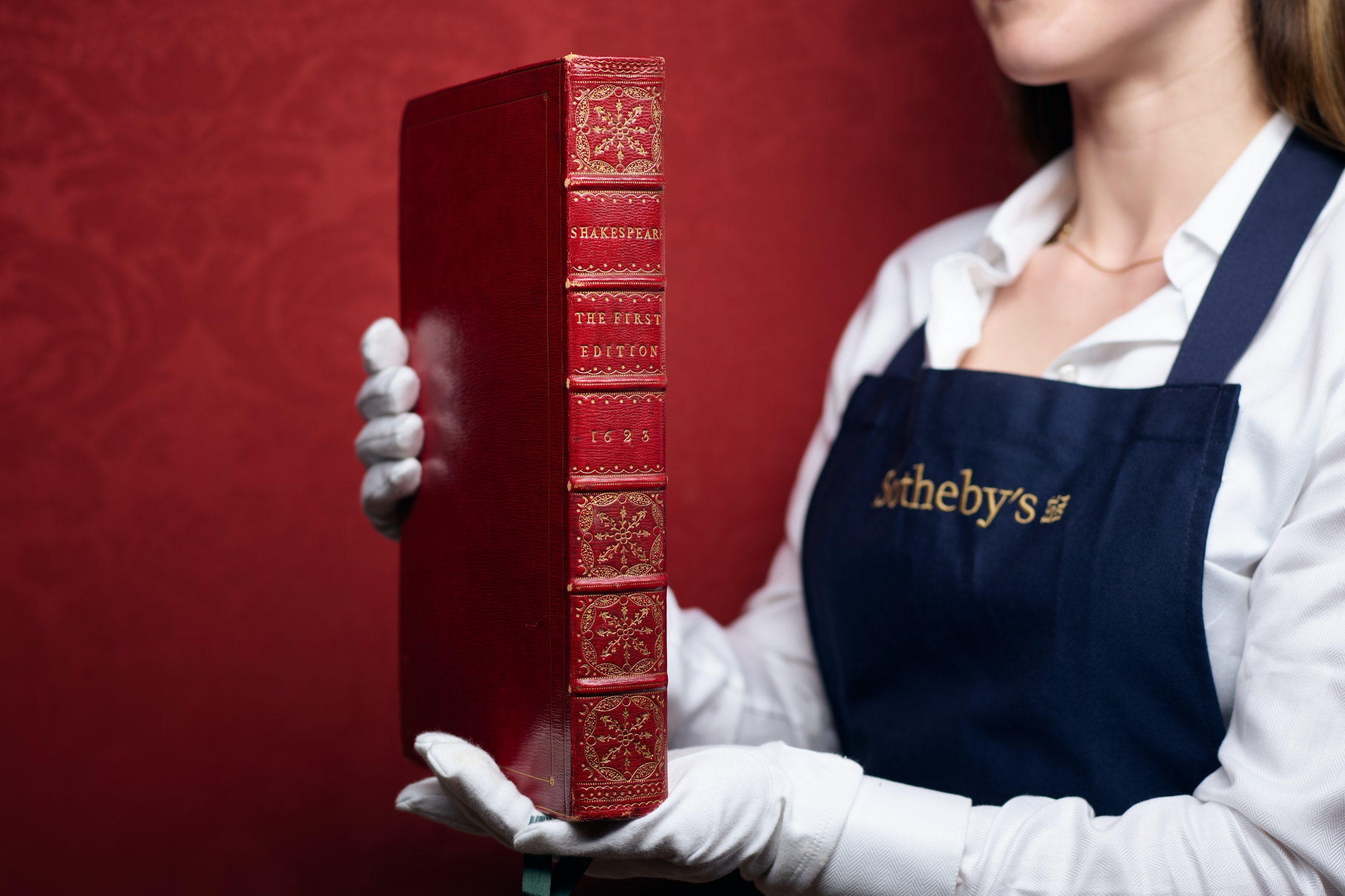 Folio, Folio, wherefore art thou Folio? Shakespeare set to be auctioned by Sotheby's
Folio, Folio, wherefore art thou Folio? Shakespeare set to be auctioned by Sotheby'sFour Folios will be auctioned in London on May 23, with an estimate of £3.5–£4.5 million for 'the most significant publication in the history of English literature'.
By Lotte Brundle Published
-
 Damon Hill's former home in Marbella is the perfect place to slow down
Damon Hill's former home in Marbella is the perfect place to slow downThe glorious Andalusian-style villa is found within the Lomas de Marbella Club and just a short walk from the beach.
By James Fisher Published
-
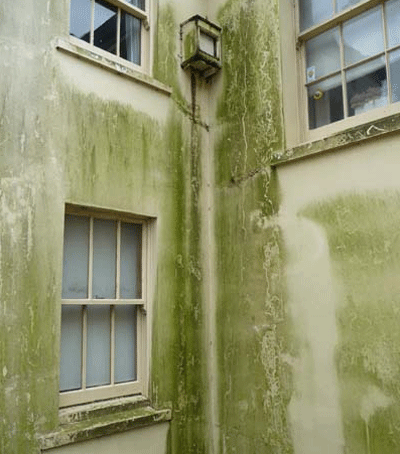 How to prepare your house for winter
How to prepare your house for winterAs winter approaches, experts advise that preventative measures are crucial for our houses to weather hard winters
By Country Life Published
-
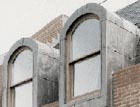 Ten house tips for the winter
Ten house tips for the winterNow is the time to put your house in ship-shape for the winter months ahead. Chartered surveyor Tom Grillo shares his ten top tips
By Country Life Published
-
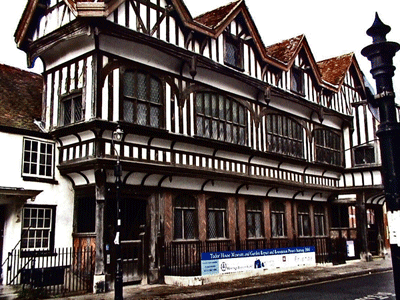 Choosing an interior designer
Choosing an interior designerFinding the right skilled interior designer for your period property requires some dedication; in particular you need to make sure you share the same vision
By Country Life Published
-
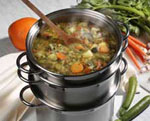 Best cooking pans
Best cooking pansMrs Danvers suggests the best makes of pots and cooking pans to hunt down when shopping for a special friend's wedding present
By Country Life Published
-
How to save old floorboards
Lots of care and elbow grease can help old floorboards gleam again
By Country Life Published
-
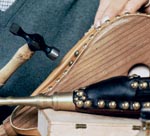 Buying bellows
Buying bellowsMrs Danvers recommends where to find a new or antique pair of bellows
By Country Life Published
-
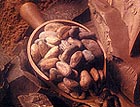 Removing chocolate stains
Removing chocolate stainsMrs Danvers tackles readers' household queries: this week's are chocolate stains on a linen suit and screen doors
By Country Life Published
-
 Tips on hosting parties
Tips on hosting partiesMrs Danvers comes to the rescue of two readers who have parties looming and need advice on arranging transport and hiring cutlery
By Country Life Published
